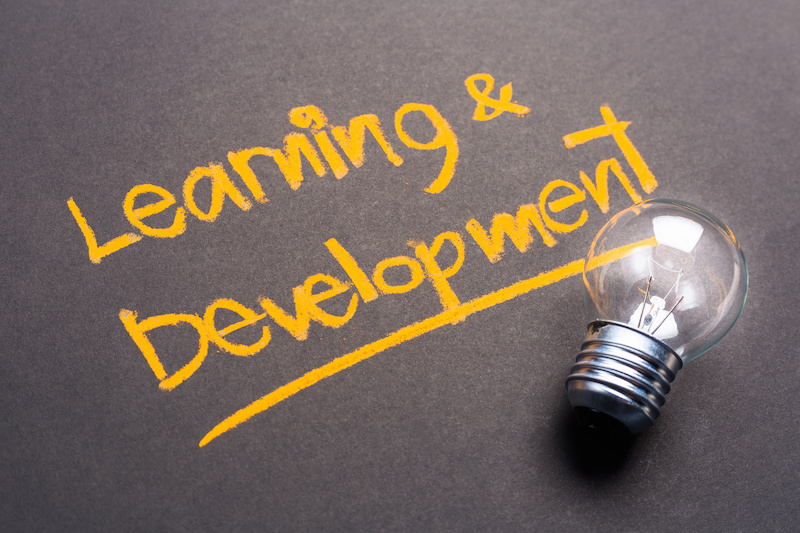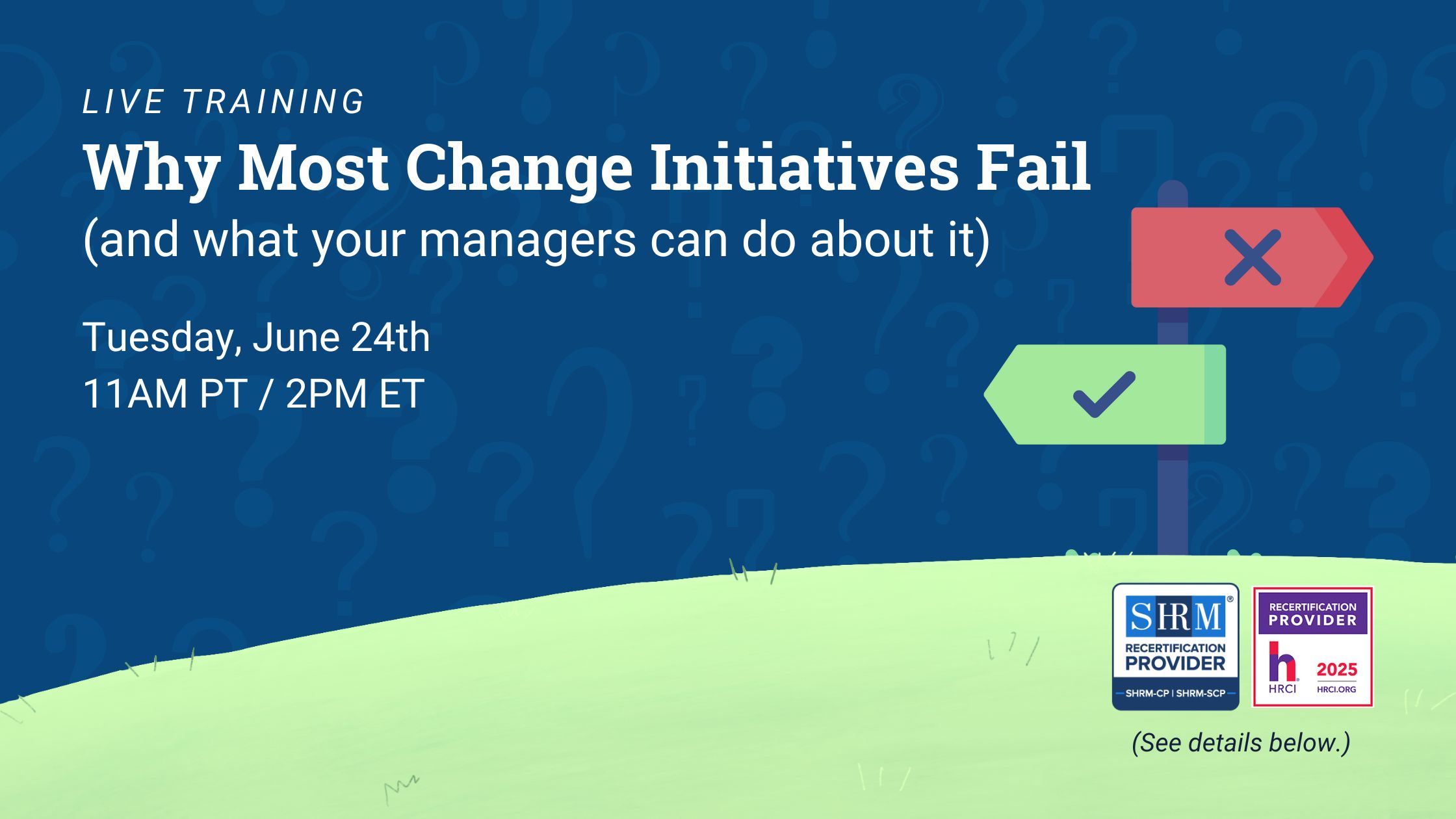Remaining committed to the growth of your employees is an essential task for a business owner, but knowing where to start when developing a training strategy isn’t easy. In this blog, we’ll be taking a look at how you can improve your understanding of learning and development strategies, as well as suggesting some ways for you to create one that fits your company’s needs.
What Is a Learning and Development Strategy?
A learning and development strategy, often simply shortened to an L&D strategy, is a plan clearly defining a company’s approach to training its employees. These strategies help organizations match key learning initiatives with their goals and help them decide on the best types of training required for their professionals. Your L&D strategy will also determine how these training methods are incorporated into the workplace and funded by your organization. Learning and development plans have the intended goal of improving the skillsets of your employees as individuals, which can simultaneously improve your company’s success.
 5 Ways to Develop a Learning and Development Strategy
5 Ways to Develop a Learning and Development Strategy
1. Identify your organization’s priorities
To begin creating a successful L&D strategy, it’s important to define what your company is trying to achieve when it comes to employee development. You may be trying to increase production in the workplace, or simply looking to improve customer satisfaction. Either way, a well-thought-out L&D strategy can be very beneficial. Having specific professional development goals will help you determine the types of training you’ll want to prioritize for your employees. Employers may wish to provide leadership development programs for their teams to create ideal candidates for their managerial positions.
2. Evaluate employee skillsets
It’s always a good idea to determine the current capabilities of your team members. This is especially important when creating a learning and development strategy, as it can allow you to see if there are any gaps in knowledge or skills that need to be immediately addressed with a training program. There is little point in focusing on areas your employees already excel in, as well as any specific skills that are not required for their job role. If your employees already possess specific skills that may be ideally improved upon, customizing your development plans around these skills will help to ensure you aren’t focusing on redundant information.
3. Allocate sufficient resources for your strategy
Some learning and development strategies require funding from your organization to maintain them. With this in mind, it’s crucial to ensure you can afford these plans before setting them in motion. Employers who want to use mentorships as part of their L&D plans should see if their intended mentors have time slots when they can be available to meet with other employees.
 4. Incorporate different forms of L&D in the workplace
4. Incorporate different forms of L&D in the workplace
There are several types of L&D programs organizations can use for their professionals. For example, there are coaching services employers may use to provide team members with personalized career development, as well as online workshops employees can take that specialize in specific hard and soft skills.
Take time to determine the tools and techniques that best fit your organization’s needs and add them to the workplace. Make sure your team is aware of your new resources to ensure they make the most of these programs.
5. Measure results and adjust as needed
In order to determine the effectiveness of L&D initiatives, review your organization’s goals and whether or not they have been met since these programs were introduced to your employees. You may also ask for feedback from your professionals to see how they feel about the types of training offered at your company. There may be new forms of training they’re interested in receiving, or they could have beneficial ideas on how to better incorporate L&D in the workplace.
How Do Learning and Development Strategies Contribute to Career Development?
Giving employees the chance to improve as professionals will shape them into valuable assets for any position they pursue in your organization. For example, soft skills like problem-solving, teamwork, and time management can be applied to all departments within a company. L&D helps your organization internally create ideal candidates who meet your performance expectations. At INTOO, our coaching services can improve any L&D strategy by keeping employees engaged in training and helping them set and meet their goals. Contact us today to learn more about how we can help your organization.


 5 Ways to Develop a Learning and Development Strategy
5 Ways to Develop a Learning and Development Strategy 4. Incorporate different forms of L&D in the workplace
4. Incorporate different forms of L&D in the workplace








